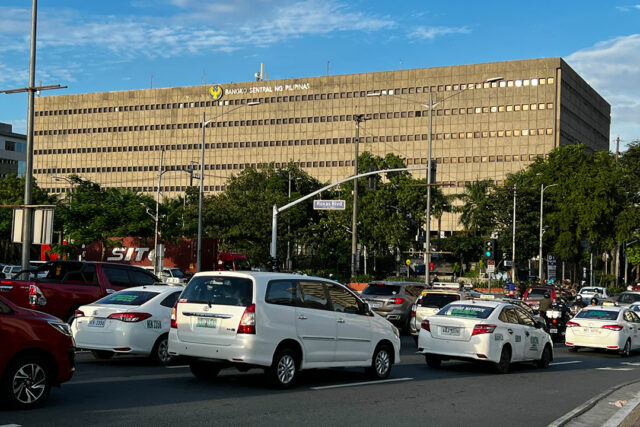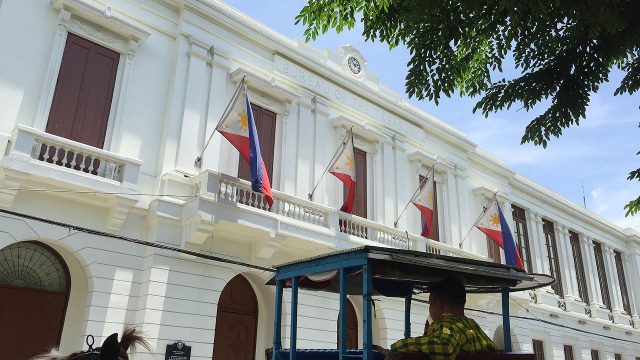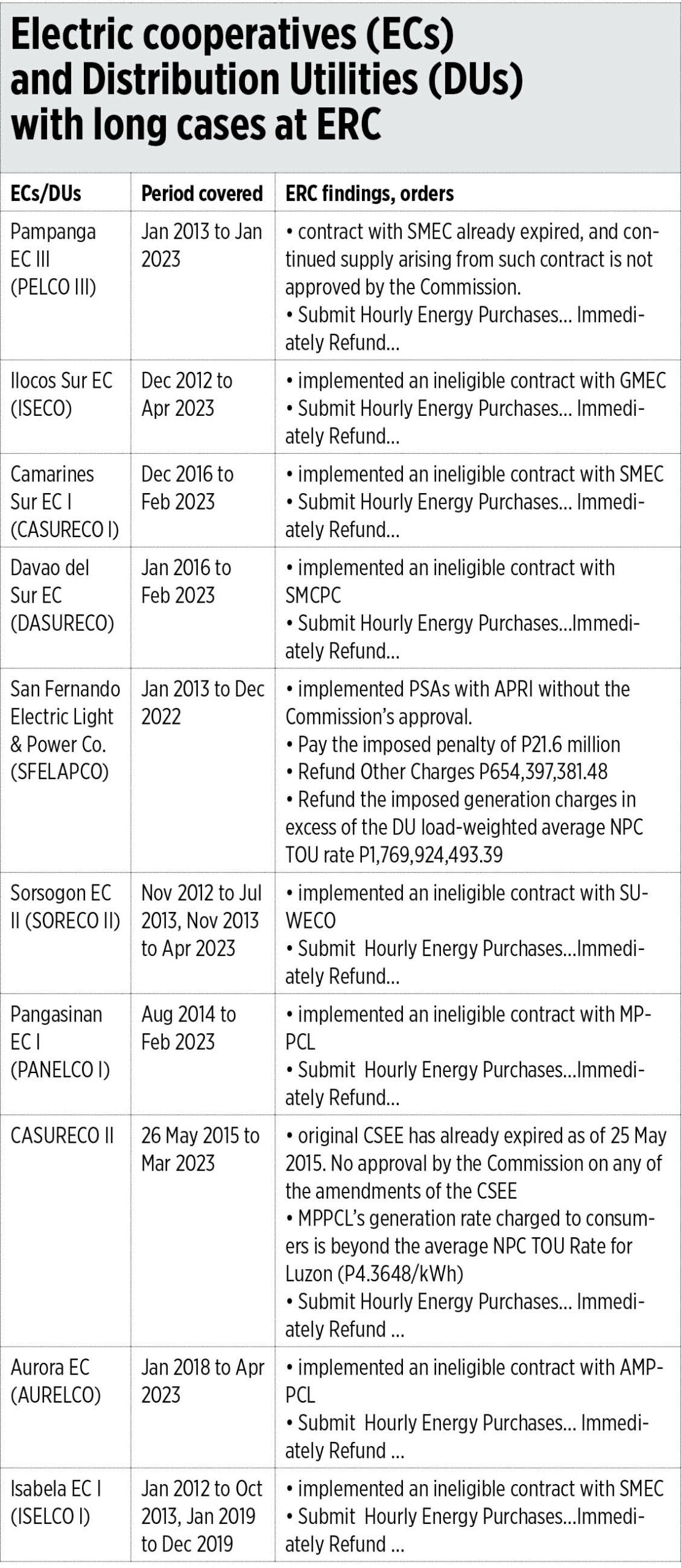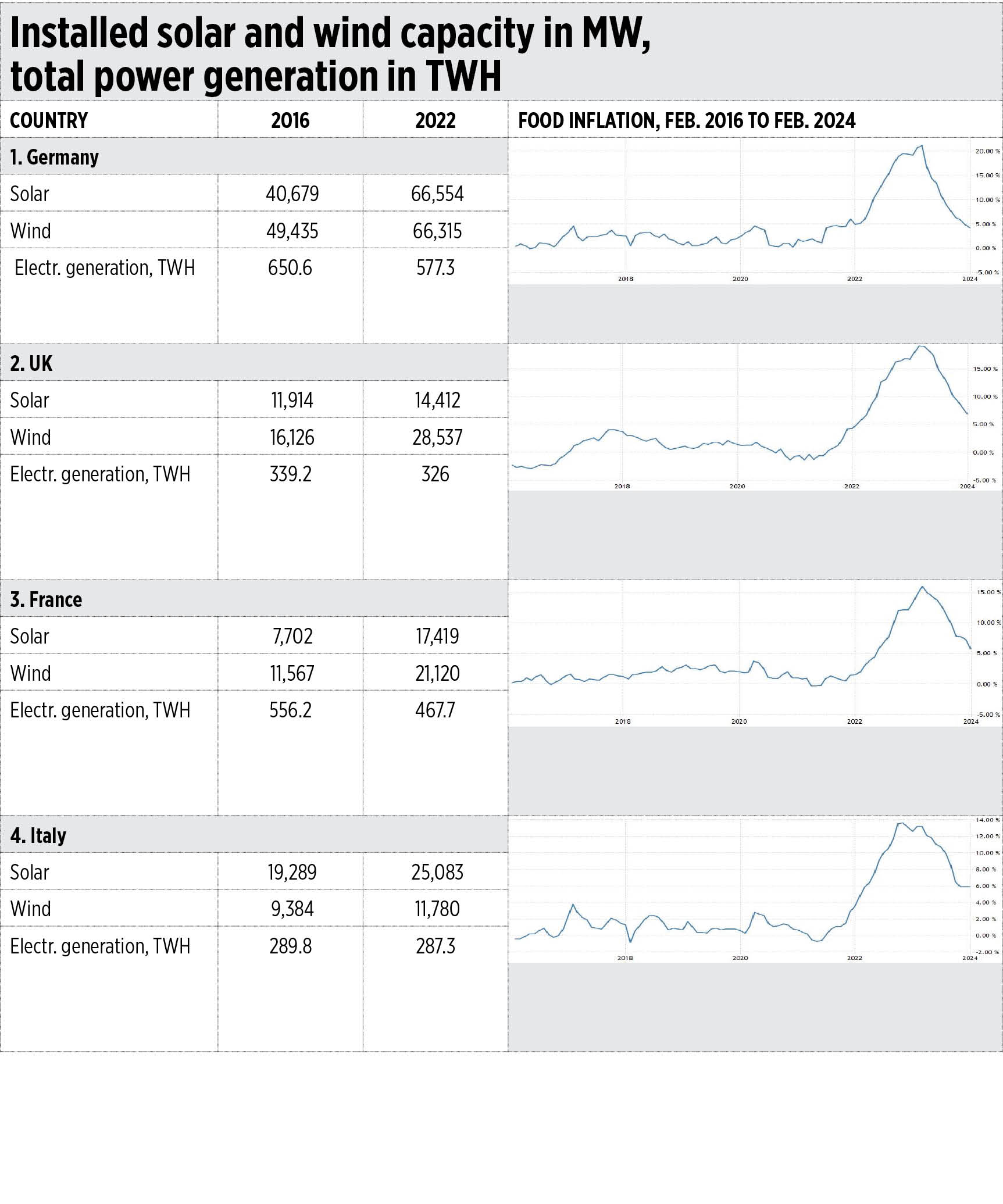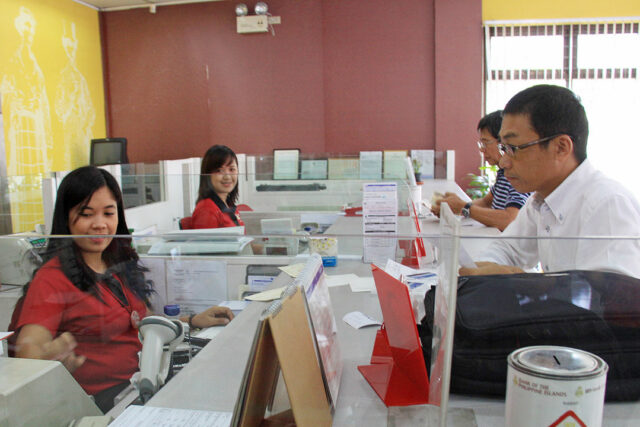LIKE EVERY YEAR, and right on time for the best snow in the Alps, the richest and the most powerful in the world gathered last month in Davos to fraternize with politicians, academia, and NGOs. A perennial topic of discussion is climate change — rightly so — although nearby airports cannot cater to more private planes those days.
This year’s joke is a good one: a group of billionaire heirs has urged governments across the globe to “tax their huge wealth.” This is a very touching philanthropic move that comes from individuals who have the best tax lawyers in the world, whose job is to find loops holes in the law — or to create them.
This ludicrous proposal raises some important questions about why this “donation” would be needed, or not. The current structure of many economies is leading to increasing inequality. After WWII, the developed world experienced great convergence thanks to the role of the manufacturing sector. Industry was the great middle-class creator, resulting in a phenomenal social transformation: better education, better access to health services, entrepreneurship and, most important, political empowerment. Towards the end of the 20th century, globalization and offshoring to more cost-competitive markets shifted the “development machine” to emerging countries, especially towards Asia. We find analogous success stories in Korea, Taiwan, and definitely China.
As low- and middle-technology industries were offshored from developed economies, a transfer of workers from manufacturing to services took place in advanced economies. The process was actually traumatic, as many companies — some of them operating for decades — had to close, with a depressive impact on the cities and regions where they were located. This shift has proven to have much deeper consequences than assessed at first: while the productivity gains of industry were passed on to wages (they were high and could be negotiated), this did not happen in services. This is how we ended up with the current situation of an ever-widening gap between the working poor and the rich: the middle class is an endangered species.
“Tax the rich” is a powerful slogan that always sparks debate, either in favor or against, here and everywhere. It is always a recurring issue in Philippine politics. We consider it a half-truth that may deviate attention from the really effective measure of raising public revenues. It combines two different elements. On the one hand, it is an element of progressivity (a tax policy issue). On the other hand, it is a populist measure (a purely political issue).
Let’s start with progressivity. Assuming that we consider progressivity one of the (desirable) principles of our tax system — some will argue that it should not be — is our tax system progressive? The Personal Income Tax has a progressive rate structure (the top marginal rate is 35%). However, the extensive recourse to indirect taxation in the Philippines weakens the progressivity of the system. According to the latest Organization for Economic Co-operation and Development (OECD) Revenue Statistics (for 2021), only 15% of public revenues come from personal income tax, whereas 44% come from taxes on goods and services. In the United States, 43% of public revenues derive from personal income taxes, whereas only 17% derive from taxes on goods and services. The corresponding figures for the OECD average are 24% and 32%, respectively.
There is a lot of room to increase progressivity in the Philippines. Yet, would hefty taxation on the wealth of the rich be the solution? We really doubt it. It would definitely increase public revenues, but not in the amounts needed to structurally sustain public expenditures. The biggest attractiveness of this measure is political, or rather, populist.
Wealth taxation is an issue among left-minded academics and egalitarian societies such as most European countries. Thomas Piketty argues that wealth needs to be taxed to prevent inequality from further widening, given that the economic returns of assets have outpaced the overall rate of economic growth. In addition to the double taxation problem, the potential negative impact on entrepreneurship and risk-taking (The Role and Design of Net Wealth Taxes in the OECD, 2018), and the risk of relocation of wealthy individuals to tax-friendly jurisdictions, evidence that wealth taxation is a complex issue. Actually, only five OECD countries still levy taxes on wealth today (Colombia, France, Norway, Spain, and Switzerland).
As argued at the beginning, the current economic structure leads to diverging paths of income growth: very modest for most workers and significant for upper professionals and capital. This two-speed, or tunnel, effect has proven to be the anteroom of a social clash (which could ultimately become violent) throughout history. A “tax for the rich” serves in these cases as a measure to release social pressure. At the end of the day, revenues collected may not be significant, but most people experience some relief —and even some sort of revenge — imagining the well-off feeling the pain of a bite in their fat pockets.
Besides moral issues, is pacific coexistence of extreme wealth and (extreme) poverty possible? In most countries, whether advanced or emerging, this is generally a risky situation. Is the Philippines exempt from this? We do not think so. There may be differences among countries on the “resilience” of the poor —anchored in the culture, social structure, or religion — but hunger leads easily to anger. In advanced industrialized economies, the core problem is not struggling to meet the basic subsistence needs — food and shelter — but a relative impoverishment, and, most especially, a sense of loss relative to previous times.
Is income inequality really a concern among Filipinos? Where does the Philippines lie in terms of income inequality? According to the latest available data (World Bank, 2021), the Philippines remains one of the most unequal countries in the ASEAN region. However, during the last 20 years, it has significantly improved, and the gap with its neighbors has narrowed. What are the key drivers behind this development? Based on a recent working paper by the Asian Development Bank (“Trends and Driver of Income Inequality in the Philippines, Thailand, and Vietnam,” 2023), the Gini coefficient of per capita disposable income declined by about 12% during 2013-2018, with wages the main contributor (4.2 percentage points or pps), followed by imputed rent (3.3 pps), nonfarm business income (3.2 pps) and overseas remittances (2.8 pps). Low-income households have increasingly entered wage employment, engaged in nonfarm business, and received more overseas remittances. We believe that the significant transfer of workers from agriculture to non-agriculture (13 pps in that period) largely explains this trend. The Philippines is, therefore, still reaping the fruits of the rural exodus, but will it be ready to reach up to the “industrialization fruits”?
Let’s return to the current debate in the country about the state of public finances. Why is a hypothetical tax on the rich needed?
We have detected a certain “obsession” about the urgency to reduce the public deficit and national debt. Let’s imagine for a moment that the top 100 wealthiest families agree to pay, every year, exactly the amount required to reduce public deficit to zero. Would this measure have a transformative impact on the Philippines economy? Would the reduction in the fiscal deficit (zero deficit) be the key to financing the backlog of infrastructure? Or, to catapult the Philippines into being a high-income economy? The answer to all these questions is NO.
If zero deficit is not the solution to the country’s main economic challenges, why does it matter so much? We believe there is a widespread erroneous analogy between public administration and a family or a corporation. Whereas corporations cannot run indefinite deficits, States can — and sometimes even should — do it. Some would counterargue that fiscal deficits are the result of bad economic/budgetary management; good managers generate surpluses (company profits). We cannot disagree more.
The Philippines is a sovereign and independent country in monetary terms that has no restrictions to issuing peso-denominated debt to finance its public deficit. Despite the 20 pps increase in public debt-to-GDP caused by the pandemic, the Philippines’ remarkable credit rating (the same as Italy’s!) has remained intact, which is evidence of the strength of its economic fundamentals. Fiscal consolidation is the current mantra of International Financial Institutions (IFIs), which mainly focus on stagnant and aging advanced economies with what is (erroneously considered) high levels of public debt (more than 100%); and in the case of the Eurozone, without the recourse to an independent monetary policy. Just the opposite of the Philippines.
Our public managers should be much more concerned with enabling the economic transformation that will generate higher wages and income. Higher wages mean much more public revenues — that is the reason behind US tax data — as well as less inequality. The ongoing transfer of workers from agriculture to non-agricultural work is resulting in higher wages, which is good news. However, all efforts should concentrate now on a real “industrialization” (in the broadest sense) of the nation. There are no shortcuts to development.
Jesus Felipe is a distinguished professor of Economics at De La Salle University. Pedro Pascual is a certified economist with Spain’s Ministry of Economy and partner at MC Spencer (Philippines).


